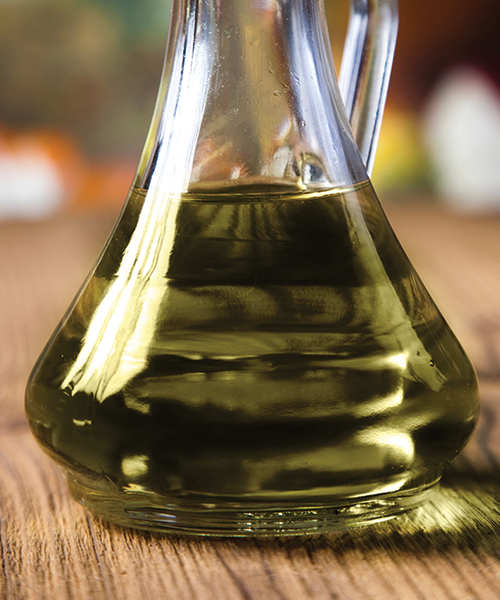Environmental changing conditions make humans vulnerable to disease. Small example is acne bacteria attack or sun exposure that can be damaging skin cells. Anti-bacteria agent and protection from UV rays often become the treatment formula for these facial problems. Acne bacteria in the air will influence acceleration capability of skin being more slow in wound healing. Calophyllum inophyllum is believed as a traditional medicine in Indonesia as Nyamplung to heal wounds become a good choice of alternative medicine.
Calophyllum inophyllum is a medium to large evergreen tree presenting elliptical leaves, fragrant white flowers and large round nuts. The tree is widely distributed along the coasts of the Indian and Pacific Oceans especially in Melanesia and Calophyllum inophyllum and Infected Wounds. It has variety of name in some regions Tamanu in Polynesia, Tamanou de bord de mer in New Caledonia, Dilo in Fiji.
This recent research prove the efficacy of Calophyllum inophyllum oil’s ability to heal wounds and ward off bacterial activity Staphylococcus aureus. Staphylococcus aureus is a gram-positive coccal bacterium, and is frequently found on the skin, will worsen if there is a wound in the skin. Research that compare the benefits of this plant that locally called Tamanu in Polynesia from 4 regions (Indonesia, Tahiti, Fiji Islands and New Caledonia) on human cells and bacterial cultures and to confirm the therapeutic effects.
This results show high therapeutic index value means that Calophyllum inophyllum oil may be used for treatment of infections with very low toxicity under controlled conditions.
These wound healing and antibiotic properties make Tamanu oil a valuable candidate as alternative therapeutic strategy to treat infected wounds especially in tropical areas. If this result is confirmed in vivo, it would mean that Tamanu oil could indirectly participate to the elimination of Gram- bacteria and yeast in skin infections by stimulating innate immune defense, especially for Staphylococcus aureus. Tamanu oil presents UV-absorption property. But they have demonstrated Tamanu oil wound healing and antibacterial activity against Propionibacterium acnes and Propionibacterium granulosum, both involved in acne. Taken together, Tamanu oil activities present a great interest in the treatment of this skin disease and making Tamanu oil a valuable candidate to develop new drugs in the treatment of acne. These results show that Tamanu oil from Indonesia is the most active oil against both Propionibacterium species. In an interesting manner all the tested Tamanu oil against present the minimal inhibitory concentration (MIC) value similar or lower than ofloxacin. These data strongly suggest that Tamanu oil could be topically used in the treatment of acne (Propionibacterium species).
[1] Léguillier T, Lecsö-Bornet M, Lémus C, Rousseau-Ralliard D, Lebouvier N, Hnawia E, et al. 2015. The Wound Healing and Antibacterial Activity of Five Ethnomedical Calophyllum inophyllum Oils: An Alternative Therapeutic Strategy to Treat Infected Wounds. PLoS ONE 10(9): e0138602. doi:10.1371/ journal.pone.0138602



